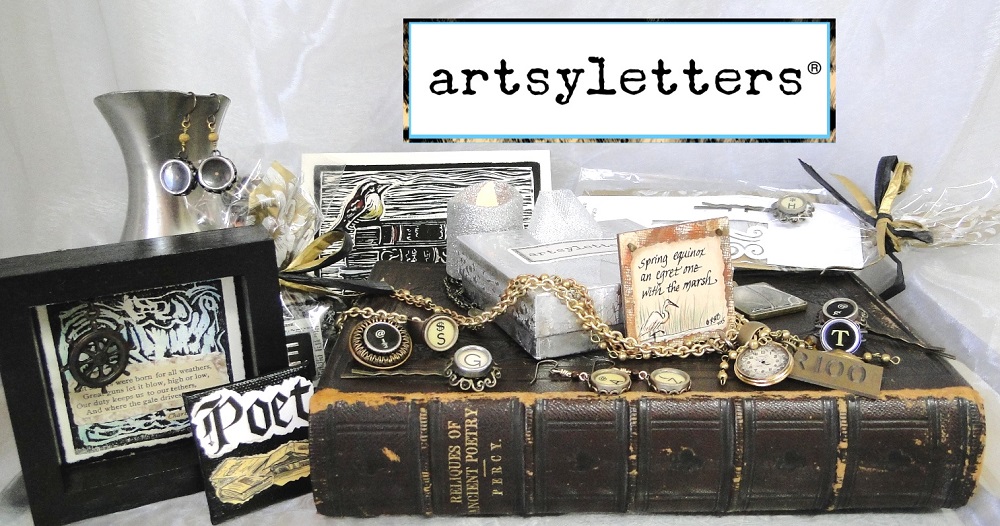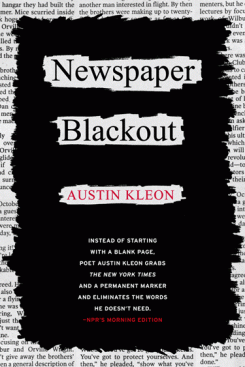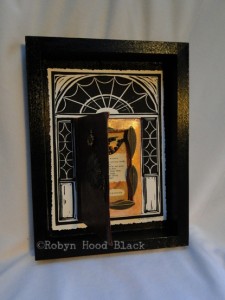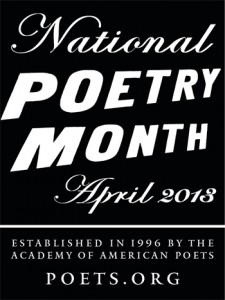
Happy Poetry Month! Because I’m a poet as well as a visual artist, I especially love April.
About this time last year, with a couple of Atlanta writing buds, I got to hear and meet New York Times bestselling author Austin Kleon. Sponsored by the Georgia Center for the Book, he spoke at the DeKalb County Public Library about his book, STEAL LIKE AN ARTIST – 10 Things Nobody Told You About Being Creative. Ready for more black and white graphics?
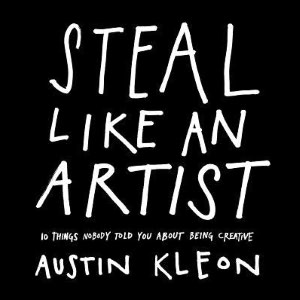
You might know writer and artist Kleon from his 2010 NEWSPAPER BLACKOUT:
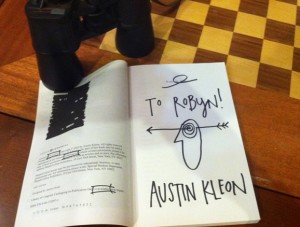 (I was happy that he signed both of my books with his signature arrow-through-the-head image.)
(I was happy that he signed both of my books with his signature arrow-through-the-head image.)
Do click over to his blog to check out his work. He’s a warm, funny, engaging speaker addressing creativity in the digital age. He’s also a new dad (awwwww…!) and presents common sense ideas about creating in uncommonly understandable terms.

He’s spoken to audiences at Pixar, Google, and The Economist, to name a few organizations. Intrigued? Check out his TEDx Talk. His work has been featured on NPR’s Morning Edition, PBS Newshour, and in The New York Times and The Wall Street Journal.
One of my favorite things about his books is the introduction to NEWSPAPER BLACKOUT. The book contains dozens of “redacted” poems created with a permanent marker and newspaper articles. You’ll have to check out his blog to see examples! Anyway, in the intro, Kleon gives us an abbreviated history of this type of poetry – stretching back more than 250 years! As a lover of found poetry (my first publications in an anthology came in THE ARROW FINDS ITS MARK – A Book of Found Poems edited by Georgia Heard and illustrated by Antonie Gullioppé, Roaring Brook Press, 2012), I was hooked on this surprisingly rich history as well as on the poems. Why not try some yourself?
The few found poem collages I’ve made for my art business and my Etsy shop have found buyers these past few months (Yay! Thanks, Buyers!), so I’m conjuring up some more. Here’s a peek at one just done – when the glue finishes drying (!) I’ll take some real photos and list it tomorrow. I always start with a real page from a vintage book. This one is from p. 47 of A LITERARY PILGRIMAGE, Seventh Edition, by Dr. Theodore F. Wolfe, J. B. Lippincott Company, Philadelphia: 1896. (Such a lovely laid texture on those pages!) I use the real page but photocopy it to work out the found poem before I paint over the original text with gouache, leaving only the bits I want for the poem unpainted.
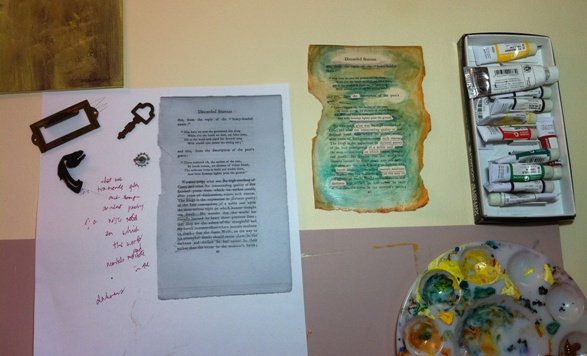
Once the poem emerges and the paint dries, I attach to a prepared substrate (background surface I’ve already painted – Canson matboard in this case) and embellish with vintage metal elements. I’ve been waiting for just the right piece to use this twisted black piece on (from an Eastern European Etsy dealer!) – it reminds me of a figure, specifically, a Kokopelli type figure playing his flute. A prankster and storyteller, I think of him as a poet, too, and he seemed to fit here beside the “preface” line of “footsteps lightly print the ground.” – a line from Thomas Gray on this page.
 Written out, the found poem would look like this:
Written out, the found poem would look like this:
Discarded Stanzas
the poet’s footsteps lightly print the ground
what was
the transcending quality of
such stanzas
divinest poetry
of a noble soul
on which
bereft mortals meditate
on the way to
darkness
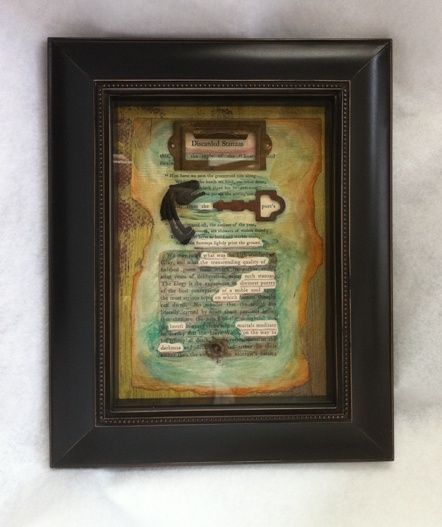
For a look at my process making another found poem collage, click here.
Thanks for stopping by, and wishing you a month full of art AND poetry!
(Thurs. Update – Listed this new found poem collage in my Etsy shop.) :0)
